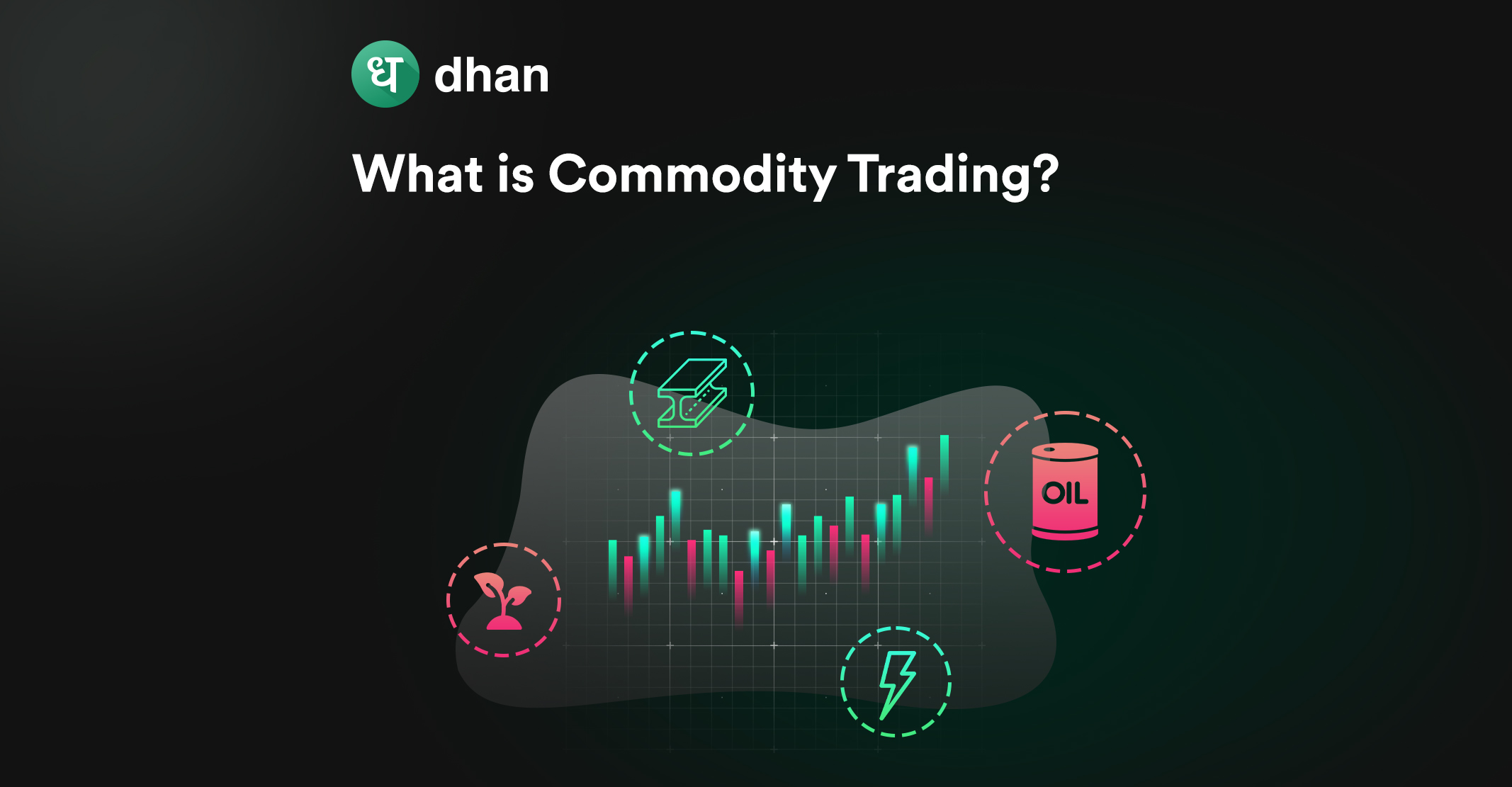If you trade in F&O (Futures and Options), then you must have heard about the technical indicators.
One of them, the Put Call Ratio indicator, also known as the PCR indicator, helps you understand market sentiment and a scrip’s performance.
In this article, you’ll get to know about the meaning, formula, and strategies of this PCR indicator along with the examples.
What is Put-Call Ratio (PCR) Indicator?
The PCR indicator helps you gauge market sentiment by measuring the volume of puts against calls for an index.
The result of the PCR indicator can tell you whether the market is bullish or bearish.
A high PCR indicator value means more selling activity (hence bearish), while a low PCR value means more buying activity (hence bullish).
This can help you refine your approach while trading F&O online.
By the way, you can use the PCR indicator for stock options as well.
The logic remains the same – measuring the volume of puts to calls for the specific stock over some time.
More specifically, you can use the Put-Call Ratio as part of your technical analysis or trading system to make informed choices about market trends and potential reversals.
Formula for PCR Indicator Using PCR Indicator Analysis
The two formulas to analyze the PCR indicator are:
1. Based on Volume
PCR = Put Options Volume Traded over a Specific Period/ Call Options Volume Traded over a Specific Period
2. Based on Open Interest
PCR OI Indicator = Put Options Open Interest over a Specific Period/ Call Options Open Interest over a Specific Period
This is how you interpret the PCR values:
- PCR < 1: Bullish sentiment (more calls being traded than puts)
- PCR > 1: Bearish sentiment (more puts being traded than calls)
Typically, a PCR less than 1 is considered bullish, and a PCR greater than 1 is considered bearish.
Additionally, extreme PCR values can be seen as an indication of a potential market reversal.
That said, the interpretation of PCR values can vary. Some might follow the regular norm (mentioned above) while others may go contrarian.
PCR Indicator Trading Strategies
In options trading, if you expect that the price of the underlying asset can rise, you buy call options.
If you expect that the price of the underlying asset can fall, you will buy put options.
The three strategies that you can use in the Put Call Ratio indicator will be as follows:
- If the PCR comes out to be equal to 1, then both the call and put options are equally purchased in the market. It indicates that traders have a neutral view of the prices of the underlying asset.
- If the PCR comes out to be less than 1, then call options are traded more than puts. It indicates that traders hold a bullish view of the prices of the underlying asset.
- If the PCR comes out to be greater than 1, then put options are traded more than calls. It indicates that traders are bearish on the prices of the underlying asset.
If you want to follow the current market trend, you can follow these strategies directly and take the position that everyone is taking.
If you want to earn exponential returns and can take the risk, you can follow the contrarian view.
In this, you have to buy more put options when PCR is less than 1 and more call options when PCR is greater than 1.
If you want to take the analyzed positions in the call and put options, you can do it on our Dhan platform where you can find the latest PCR indicator data.
Examples of PCR Indicator Uses
Suppose that the Nifty 50 call having a strike price of ₹19,500 with an expiry of 28 September 2023 has a volume of 30,02,050 on 22 September 2023.
The respective put has the same strike price and the expiry date has a volume of 38,26,400.
Then, Put Call Ratio = Put Volume Traded in a Day / Call Volume Traded in a Day
PCR = 38,26,400 / 30,02,050
PCR = 1.27
The same approach can be taken to calculate the PCR based on OI data.
Continuing the same example, the Nifty 50 call having a strike price of ₹19,500 with an expiry of 28 September 2023 has an OI of 1,01,02,075 and the Nifty 50 put has an OI of 1,31,82,050.
PCR OI Indicator = Put OI in a Day / Call OI in a Day
PCR = 1,31,82,050 / 1,01,02,075
PCR = 1.30
As PCR is greater than 1, it means that traders hold a bearish view on the Nifty 50 Index and are purchasing more puts than calls.
So, you can choose to be the momentum trader and take the position according to the current market trend.
If not, you take the contrarian position and purchase more calls considering that this high PCR is a sign of trend reversal and the underlying index will rise in the future.
Conclusion
The PCR indicator is a formula that helps you calculate how many puts are traded in a day as compared to calls. It can be calculated either in terms of volume or open interest.
If this ratio is less than one, it is a sign of a rising market and if it is greater than one, the market is falling.
Based on these values, you can formulate your approach and trading strategies, evaluating whether traditional or contrarian methods can work.



